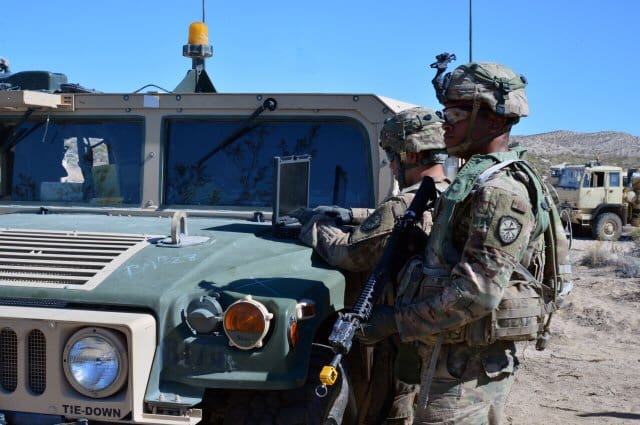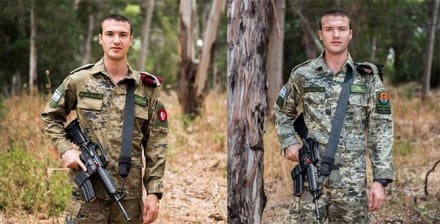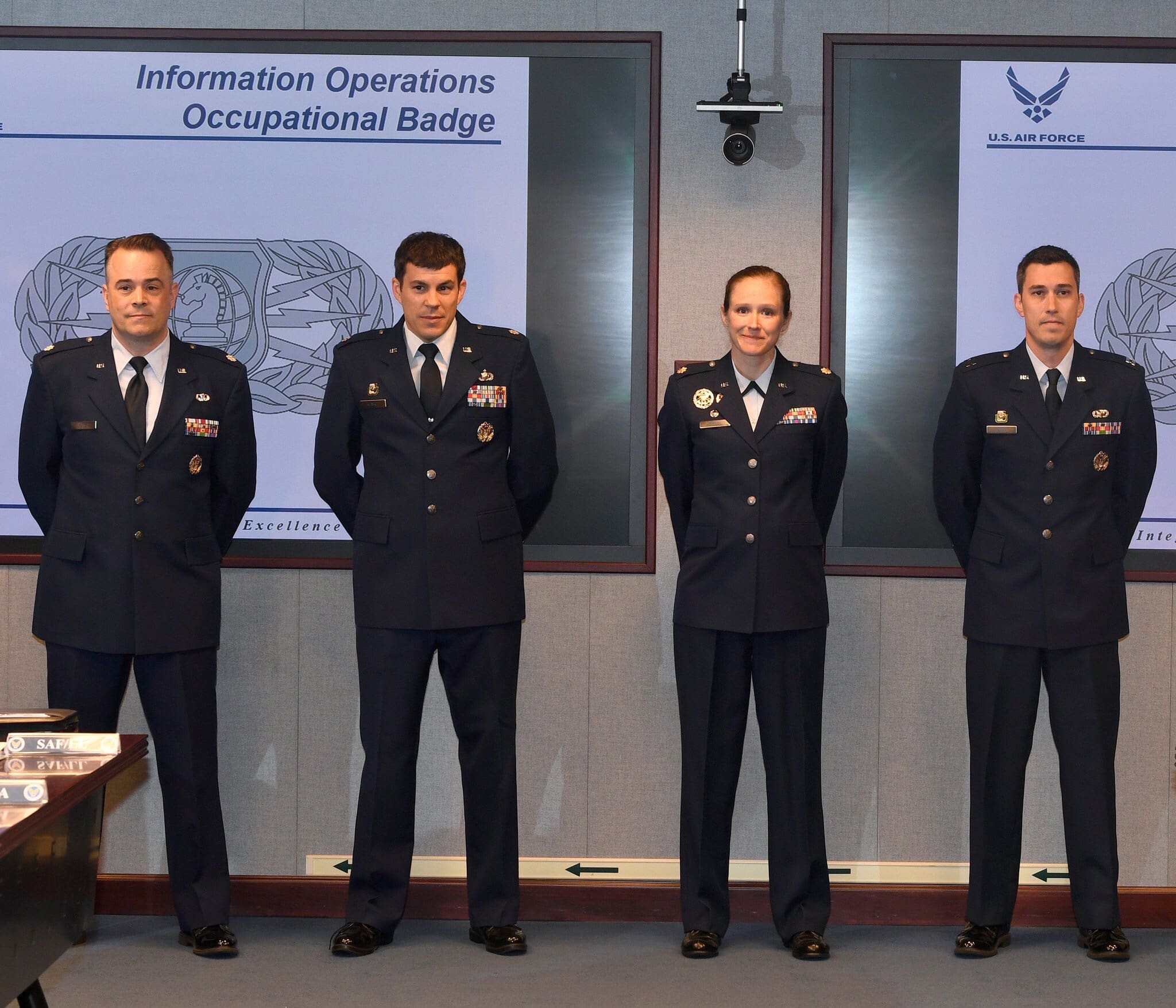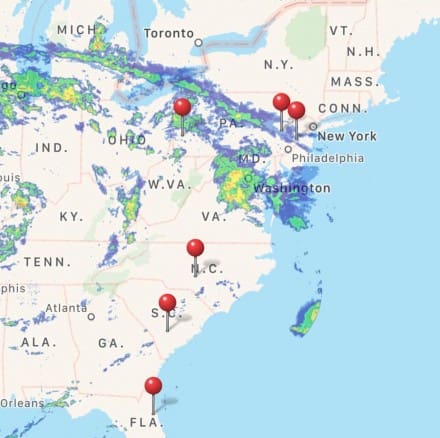FORT IRWIN, Calif. — Cyber warriors from U.S. Army Cyber Command and its 780th Military Intelligence Brigade (Cyber), 1st Information Operations Command, and the Army Cyber Protection Brigade, are supporting 3rd Brigade Combat Team, 1st Armored Division training and readiness as part of ARCYBER’s ongoing Cyberspace Electromagnetic Activity, or CEMA, Support to Corps and Below, or CSCB, program.

A Soldier with 3rd Armored Brigade Combat Team, 1st Armored Division, launches an RQ-11 Raven unmanned aerial vehicle during Decisive Action Rotation 18-08 at the National Training Center at Fort Irwin, Calif., June 3, 2018. (Photo Credit: U.S. Army photo by Spc. Dana Clarke)
Under CSCB, Army Cyber elements have been providing the 3rd Brigade Combat Team with cyberspace support during its train-up and current participation in Decisive Action Rotation 18-08 at the National Training Center here.
The CSCB initiative, which has supported select BCT rotations at the Army’s Combat Training Centers since 2015, improves readiness by helping Army maneuver units to integrate CEMA into their processes and operations. The program embeds cyber warriors into a brigade’s CTC preparation and training to develop unit cyberspace capabilities, requirements, planning and operations and integrate cyber with its multi-domain operations initiatives and key related warfighting processes such as intelligence, reconnaissance, communications, electronic warfare and information operations.

Soldiers of the 780th Military Intelligence Brigade embedded with the 3rd Brigade Combat Team, 1st Armored Division, establish a location to conduct cyberspace operations during Decisive Action Rotation 18-08 at the National Training Center at Fort Irwin, Calif., June 6, 2018. (Photo Credit: U.S. Army photo by Sgt. Jeff Storrier)
CSCB helps Army maneuver units to leverage networks as a warfighting platform and a key organic element of multi-domain operations in an increasingly complex and technical battlespace without borders. The program improves the readiness of Army maneuver units to defend cyber key terrain and exploit cyberspace opportunities in response to real-world contingencies. It is also helping the Army to develop cyberspace requirements and capabilities, define and integrate operations in a rapidly evolving warfighting domain, and build the understanding that protecting people, systems and networks from attacks in cyberspace is a shared responsibility of commanders at all levels.

Col. Robert Magee, commander of the 3rd Brigade Combat Team, 1st Armored Division, discusses his brigade’s operations and the integration of cyberspace operations into its concept of maneuver with Military Times reporter Mark Pomerleau in an interview during the 3rd BCT’s participation in Decisive Action Rotation 18-08 at the National Training Center at Fort Irwin, Calif., June 6, 2018. To enable and develop the cyber capabilities of brigades training at NTC and merge cyber effects into BCTs’ approach to multi-domain operations, elements from U.S. Army Cyber Command’s ongoing Cyberspace Electromagnetic Activity Support to Corps and Below program provide tactical cyber forces and incorporate cyberspace planning into brigade mission command and decision-making processes. Embedded with the brigades during their training rotations, cyber warriors both become part of the BCT’s operational force and enable its staff to unite cyber efforts with key related warfighting disciplines such as intelligence, reconnaissance, communications, electronic warfare and information operations. (Photo Credit: U.S. Army photo by Sgt. Jeff Storrier)
“The bigger picture is that at the corps, division and brigade levels, having that (CSCB) team embedded into the formation will allow me to leverage some other assets, which will potentially effect and decisively change the situation on the ground,” said 3rd Brigade Combat Team commander Col. Robert Magee.
By U.S. Army Cyber Command


























































































































